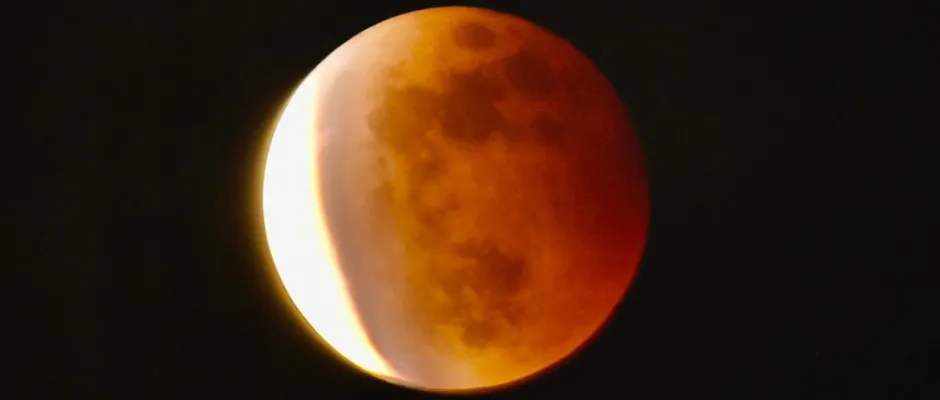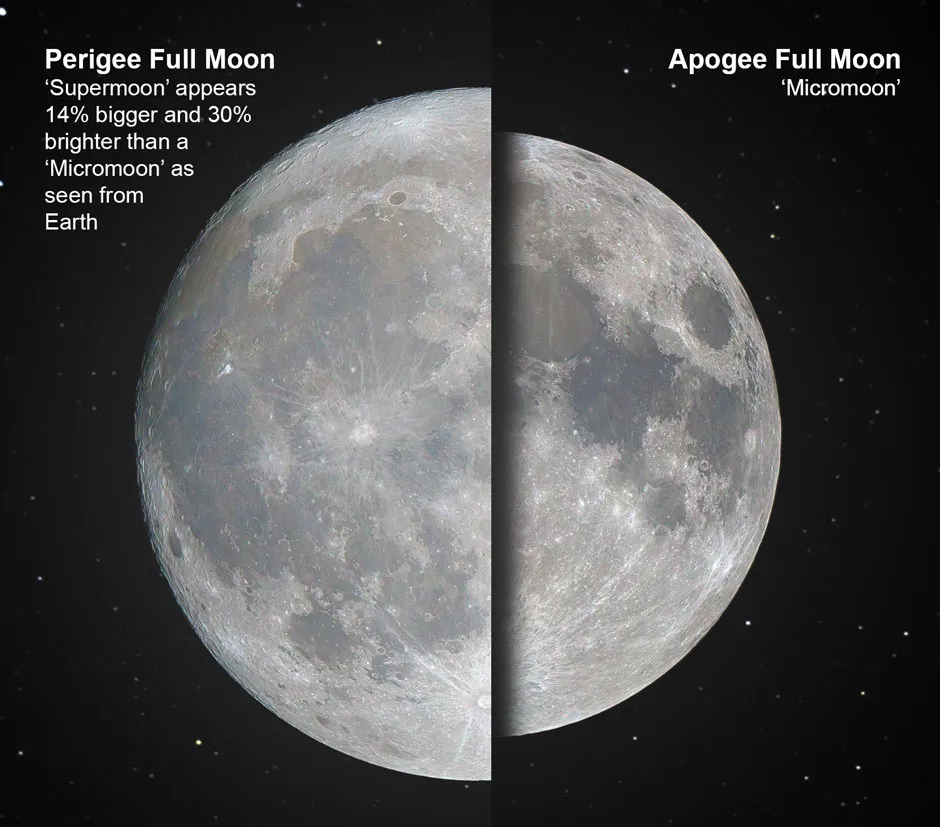It’s here: the so-called Flower supermoon, the largest full Moon of 2021 will be taking to the night sky this evening. Being only 357,462km away from Earth, the Moon will appear a whole 30 per cent brighter and 14 per cent larger than some previous full Moons.
Can you also expect to see a lunar eclipse too? Unfortunately not. While Australia and parts of the Americas were treated to a total lunar eclipse (a so-called ‘Blood Moon’) on the morning of 26 May, this event wasn’t visible to those in the UK. For those who missed it, you can check out our gallery of the best Blood supermoon photos.
However, assuming clear weather, everyone around the globe will be able to see the Flower supermoon. But when exactly? Why does it have that brilliant name? And what causes a supermoon in the first place? All of these answers are orbiting below.
Plus, if you’re looking for more stargazing tips, try our full Moon UKcalendar andastronomy for beginnersguide.
When can I see the Flower supermoon 2021?
The full Flower supermoon can be seen fromWednesday 26 May 2021in the UK (and around the rest of the Earth).
It will technically only be ‘full’ – reflecting the maximum amount of sunlight onto Earth – for a brief moment. This occurs when Earth comes exactly between the Moon and The Sun, a moment called ‘syzygy’ (pronounced “SIZ-eh-gee”).
In the UK, this will happen at 12:13pm on 26 May. Although this means people in the country won’t be able to see the Moon at syzygy, the Moon will still appear ‘full’ two days afterwards.
When can I see the full lunar eclipse?
People in Australia and western parts of the Americas were able to see full lunar eclipse on 26 May from 11:11am (UTC time).
A lunar eclipse happens when the Moon briefly becomes covered by the Earth’s shadow – when the Earth aligns itself between the Moon and the Sun.

As this happens, the only light that hits the lunar surface is light reflected from Earth’s atmosphere. As most of the Sun’s blue (shorter wavelength) light ‘bends’ or ‘scatters’ in Earth’s atmosphere, it’s mostly red light that touches the Moon, leaving it painted in a reddish hue. This is why a total lunar eclipse is also referred to as a ‘Blood Moon’.
Unfortunately, the UK will be facing away from the Moon as it takes on this colour. However, people across Great Britain and Ireland will be able to see a partial lunar eclipse on 19 November 2021 and a total lunar eclipse on 16 May 2022.
What causes a supermoon?

As it's pulled around by various gravitational forces like the Earth and the Sun, the Moon doesn’t actually orbit our planet in a perfect circle. It instead moves in an elliptical shape, and how close it gets to Earth varies month by month.
At a certain point in its orbit, called perigee, the Moon reaches its closest to Earth. Then at another point, apogee, it is furthest away. The difference between these two points is an average of 48,000km.
Read more about the Moon:
A supermoon occurs when we have a full Moon at the same time the Moon is at (or close to) perigee. This makes it appear up to 14 per cent bigger and 30 per cent brighter than a full Moon at apogee (when it’s furthest away and looks smaller and dimmer).
One in every 14 full Moons will be a supermoon, on average, but they sometimes come two in a row because of the cycle of the Moon’s orbit and its phases briefly syncing together.– byAbigail Beall
How far away from Earth is a supermoon?
Strangely, there are competing definitions of what counts as a supermoon. Some, such as astrologer Richard Nolle (who coined the term in 1979) claimed that any Moon that comes closer than 368,630km to the Earth as it appears ‘full’ can count as a ‘Supermoon’.
(The average distance between Earth and the Moon is about 382,900km, with 2021’s full Flower Moon being about 357,462 km away from us – that’s 153km closer than April’s Pink supermoon).
Why is it called a Flower Moon?
We’ll level with you now: Flower Moon is by no means the official name to the lunar event.
Many claim the May full Moon was named by a group of Native Americans after the flowers that start to blossom at this time of the year. However, labelling the Moon such comes with a certain amount of cultural baggage.
As Dr Darren Baskill, physics and astronomy lecturer at the University of Sussex, explains:
“People often say that we take our Moon names from the ‘Native Americans’, but they aren't one group of people. There’s a danger of being culturally insensitive here. The USA is a massive landmass and is home to many different types of people.”
Over a thousand languages are spoken by Native Americans, with their cultures being as diverse as Europeans. This means different Native Americans have different names for the May Moon including the ‘field maker’, ‘blossom’ and even the ‘when the horses get fat’ Moon.
How often are full Moons?
A full Moon happens roughly every 29.5 days, the length of one lunar cycle. This is why the English word for ‘month’ is rooted in the word ‘Moon’.
The next full Moon, which some call the ‘Strawberry Moon', will occur on Thursday 24 June 2021. Unfortunately, it won’t be another supermoon.
About our expert, Dr Darren Baskill
Dr Baskill is an outreach officer and lecturer in the department of physics and astronomy at the University of Sussex. He previously lectured at the Royal Observatory Greenwich, where he also initiated the annual Astronomy Photographer of the Year competition.
Read more: